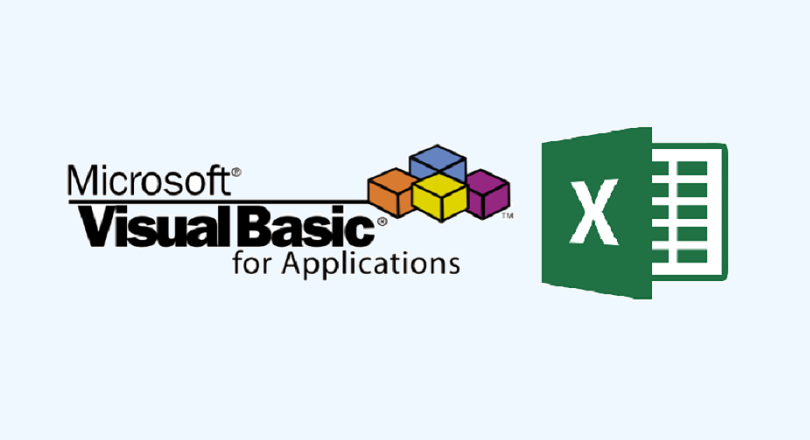
Free eBooks for Beginners
VBA (Visual Basic for Applications) is a powerful programming language that is widely used in Microsoft Office products. While VBA provides many benefits, it also poses a security risk. This is because VBA code can contain malicious macro viruses that can harm your computer or steal your data. To protect against these security threats, it is important to understand macro security and the process of signing VBA projects.
Macro security in VBA refers to the measures that are taken to prevent malicious macros from executing on your computer. By default, macro security is set to high in Microsoft Office products, which means that macros are disabled and will not run unless you specifically allow them to. This is a good thing, as it helps to prevent malicious macros from executing and damaging your computer.
However, if you need to use macros, you can adjust the macro security settings to allow macros to run. To do this, you can go to the “Trust Center” in your Microsoft Office product and change the macro security settings to “Low” or “Medium”. Keep in mind, though, that when you set the macro security setting to “Low” or “Medium”, you are making your computer more vulnerable to malicious macros.
In addition to adjusting macro security settings, you can also sign your VBA projects to provide an extra level of security. Signing a VBA project involves adding a digital signature to the code that confirms that it was created by you and has not been modified by anyone else. When a user opens a signed VBA project, they can be sure that the code is safe to run and has not been tampered with.
To sign a VBA project, you need to have a digital certificate from a trusted certificate authority. This certificate acts as a digital signature that verifies your identity and confirms that the code is safe to run. You can obtain a digital certificate from a certificate authority by following their specific process for requesting and obtaining a certificate.
Once you have obtained a digital certificate, you can sign your VBA project by going to the “Tools” menu in the VBA editor, clicking on the “Digital Signature” option, and selecting your digital certificate. This will add a digital signature to the VBA project that confirms that the code was created by you and has not been modified by anyone else.
In conclusion, macro security and signing VBA projects are important considerations when working with VBA. By understanding macro security and how to sign VBA projects, you can help to protect your computer from malicious macros and ensure that your VBA code is safe to run. Whether you are a beginner or an advanced VBA user, taking the time to understand these security measures can help to keep your computer and data safe.
VBA for Beginners – Chapter 44 : Macro security and signing of VBA-projects
 Loading...
Loading...
Disclaimer: The information and code presented within this recipe/tutorial is only for educational and coaching purposes for beginners and developers. Anyone can practice and apply the recipe/tutorial presented here, but the reader is taking full responsibility for his/her actions. The author (content curator) of this recipe (code / program) has made every effort to ensure the accuracy of the information was correct at time of publication. The author (content curator) does not assume and hereby disclaims any liability to any party for any loss, damage, or disruption caused by errors or omissions, whether such errors or omissions result from accident, negligence, or any other cause. The information presented here could also be found in public knowledge domains.